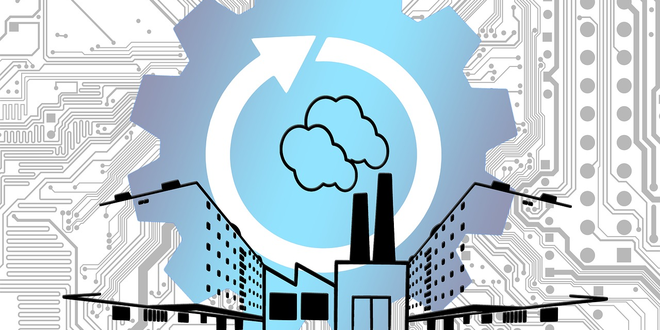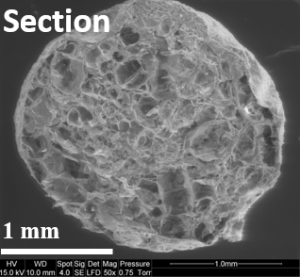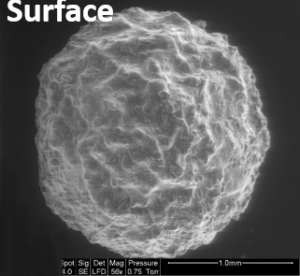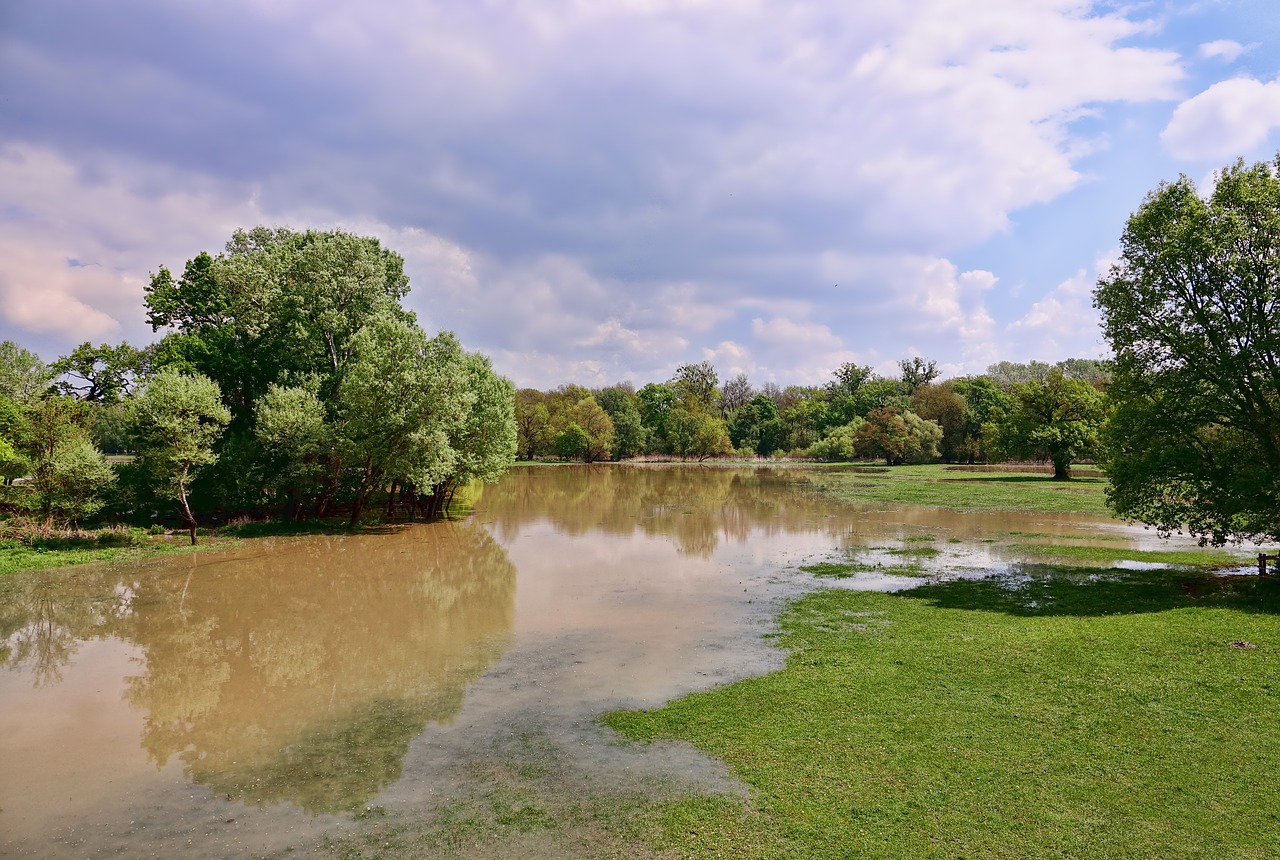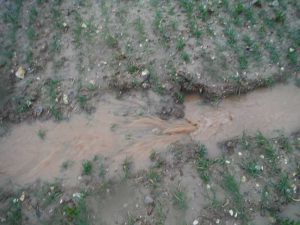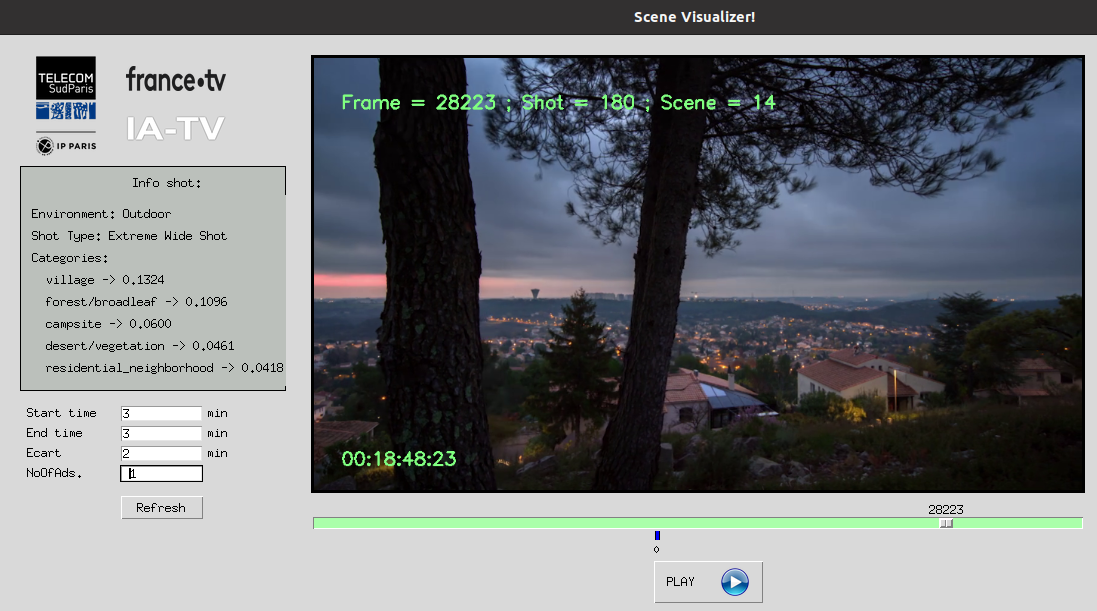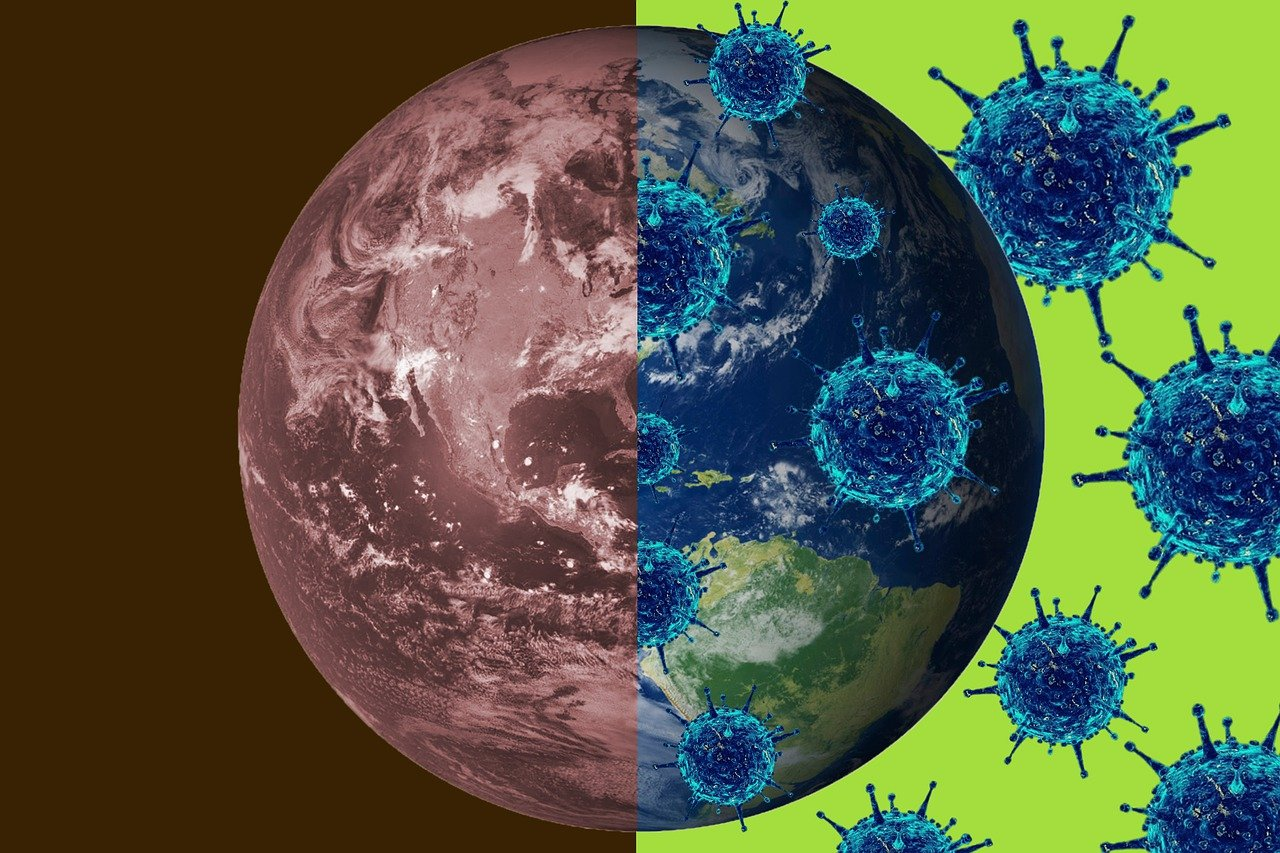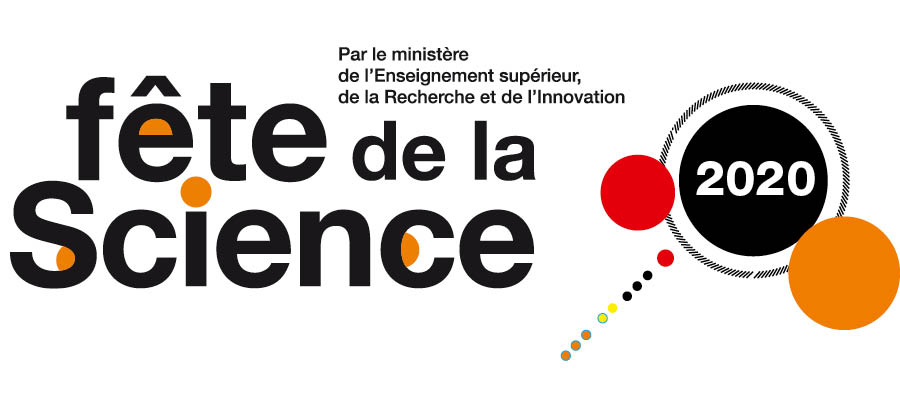Managing electronic waste: a global problem
Responsibilities surrounding digital waste are multi-faceted. On one side, it is governments’ responsibility to establish tighter border controls to better manage the flow of waste and make sure that it is not transferred to developing countries. On the other side, electronic device manufacturers must take accountability for their position by facilitating end-of-life management of their products. And consumers must be aware of the “invisible” consequences of their uses, since they are outsourced to other countries.
To understand how waste electric and electronic equipment (WEEE) is managed, we must look to the Bâle Convention of 1989. This multilateral treaty was initially intended to manage the cross-border movement of hazardous waste, to which WEEE was later added. “The Bâle Convention resulted in regional agreements and national legislation in a great number of countries, some of whom prohibit the export or import of WEEE,” says Stéphanie Reiche de Vigan, a research professor in sustainable development law and new technologies at Mines ParisTech. “This is the case for the EU regulation on transfer of waste, which prohibits the export of WEEE to third countries.” Nevertheless, in 2015 the EFFACE European research project, devoted to combating environmental crime, estimated that approximately 2 million items of WEEE leave Europe illegally every year. How can so much electronic waste cross borders clandestinely? “A lack of international cooperation hinders efforts to detect, investigate and prosecute environmental crimes related to electronic waste trafficking,” says the researcher. And even if an international agreement on WEEE were to be introduced, it would have little impact without real determination on the part of the waste-producing countries to limit the transfer of this waste.
This is compounded by the fact that electronic waste trafficking is caught between two government objectives: punishing environmental crimes and promoting international commerce in order to recover market share in international shipping. To increase competitiveness, the London Convention of 1965 aimed at facilitating international shipping, allowed for better movement of vessels, merchandise and passengers through ports. “The results were a simplification of customs procedures to encourage more competitive transit through ports, and distortions of competition between ports of developed countries through minimum enforcement of regulations for cross-border transfer of electronic waste, in particular controls by customs and port authorities,” says Stéphanie Reiche de Vigan. The European Union observed that companies that export and import WEEE tend to use ports where the law was less enforced, and therefore less effective.
So how can this chain of international trafficking be broken? “The International Maritime Organization must address this issue in order to encourage the sharing of best practices and harmonize control procedures,” responds the research professor. It is the responsibility of governments to tighten controls at their ports to limit these crimes. And technology could play a major role in helping them do so. “Making it compulsory to install X-ray scanners in ports and use them to visualize the contents of containers could help reduce the problem,” says Stéphanie Reiche-de Vigan. At present, only 2% of all ocean containers worldwide are physically inspected by customs authorities.
What are the responsibilities of technology companies?
The digital technology chain is divided into separate links: mining, manufacturing, marketing and recycling. The various stages in the lifetime of an electronic device are therefore isolated and disconnected from one another. As such, producers are merely encouraged to collaborate with the recycling industry. “As long as the producers of electric and electronic equipment have no obligation to limit their production, cover recycling costs or improve the recyclability of their products, electronic waste flows cannot be managed,” she says. Solving this problem would involve reconnecting the various parts of the chain through a life cycle analysis of electric and electronic equipment and redefining corporate responsibilities.
Rethinking corporate responsibility would mean putting pressure on tech giants, but developed countries seem to be incapable of doing so. Yet, it is the governments that bear the cost of sorting and recycling. So far, awareness of this issue has not been enough to implement concrete measures that are anything more than guidelines. National Digital Councils in Germany and France have established roadmaps for designing responsible digital technology. They propose areas for future regulation such as extending the lifetime of devices. But there is no easy solution since a device that lasts twice as long means half as much production for manufacturers. “Investing in a few more companies that are responsible for reconditioning devices and extending their lifetime is not enough. We’re still a long way from viable proposals for the environment and the economy,” says Fabrice Flipo, a philosopher of science at Institut Mines-Télécom Business School.
Moreover, countries are not the only ones to come up against the power of big tech companies. “At Orange, starting in 2017, we tried to put a system in place to display environmental information in order to encourage customers to buy phones with the least impact,” says Samuli Vaija, an expert responsible for issues related to product life cycle analysis at Orange. Further upstream in the chain, this measure encouraged manufacturers to incorporate environmental sustainability into their product ranges. When it was presented to the International Telecommunication Union, Orange’s plan was quickly shut down by the American opposition (Apple, Intel), who did not wish to display information about the carbon footprint on its devices.
Still, civil society, and NGOs in particular, could build political will. The main obstacle: people living in developed countries have little or no awareness of the environmental impacts of their excessive consumption of digital tools, since they are not directly affected by them. “Too often, we forget that there are also violations of human rights behind the digital tools our Western societies rely on, from the extraction of the resources required to manufacture equipment, to the transfer of the waste they produce after just a few years. From the first link to the last, it is primarily people living in developing countries that suffer the impacts of the consumption of those in developed countries. The health impacts are not visible in Europe, since they are outsourced,” says Stéphanie Reiche-de Vigan. In rich countries, is digital technology effectively enclosed in an information bubble containing only the sum of its beneficial aspects? The importance attributed to digital technology must be balanced with its negative aspects.
As such, “it is also the responsibility of universities, engineering schools and business schools to teach students about environmental issues starting at the undergraduate level, while incorporating life cycle analysis and concern for environmental and human impacts in their programs,” says Stéphanie Reiche-de Vigan. Educating students about these issues means bringing these profiles to the companies who will develop the tools of tomorrow and the agencies meant to oversee them.


